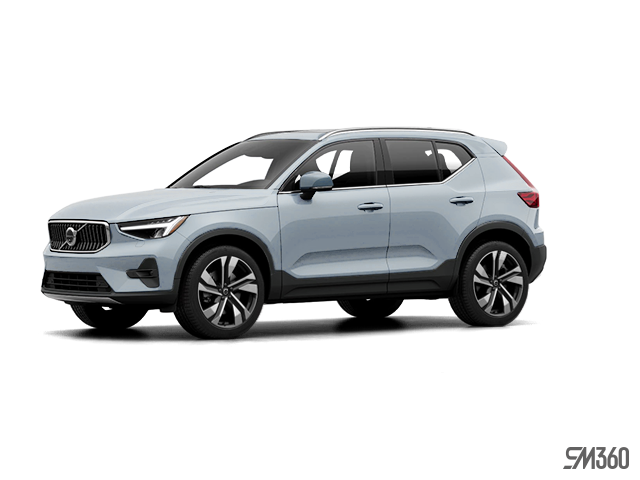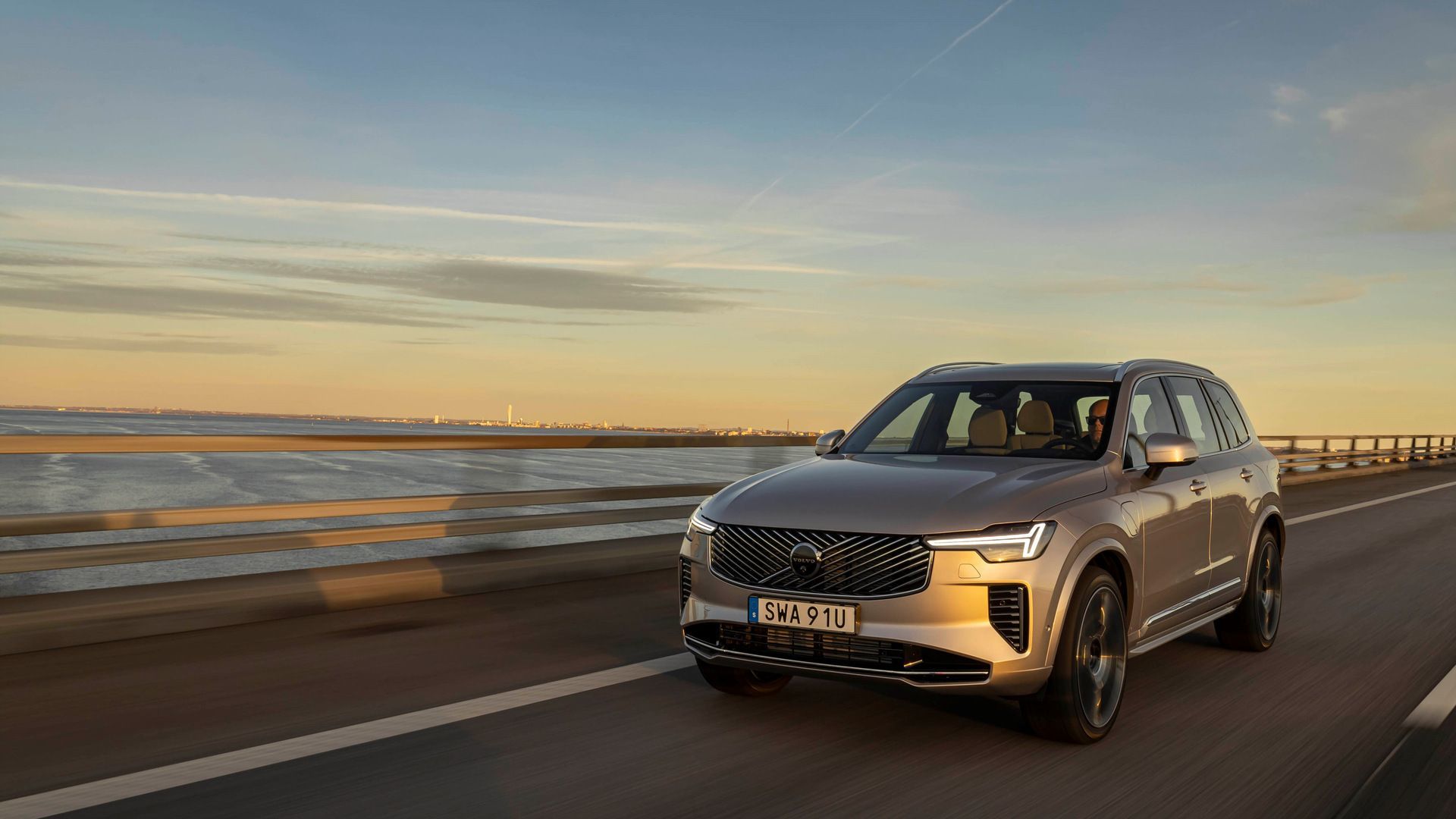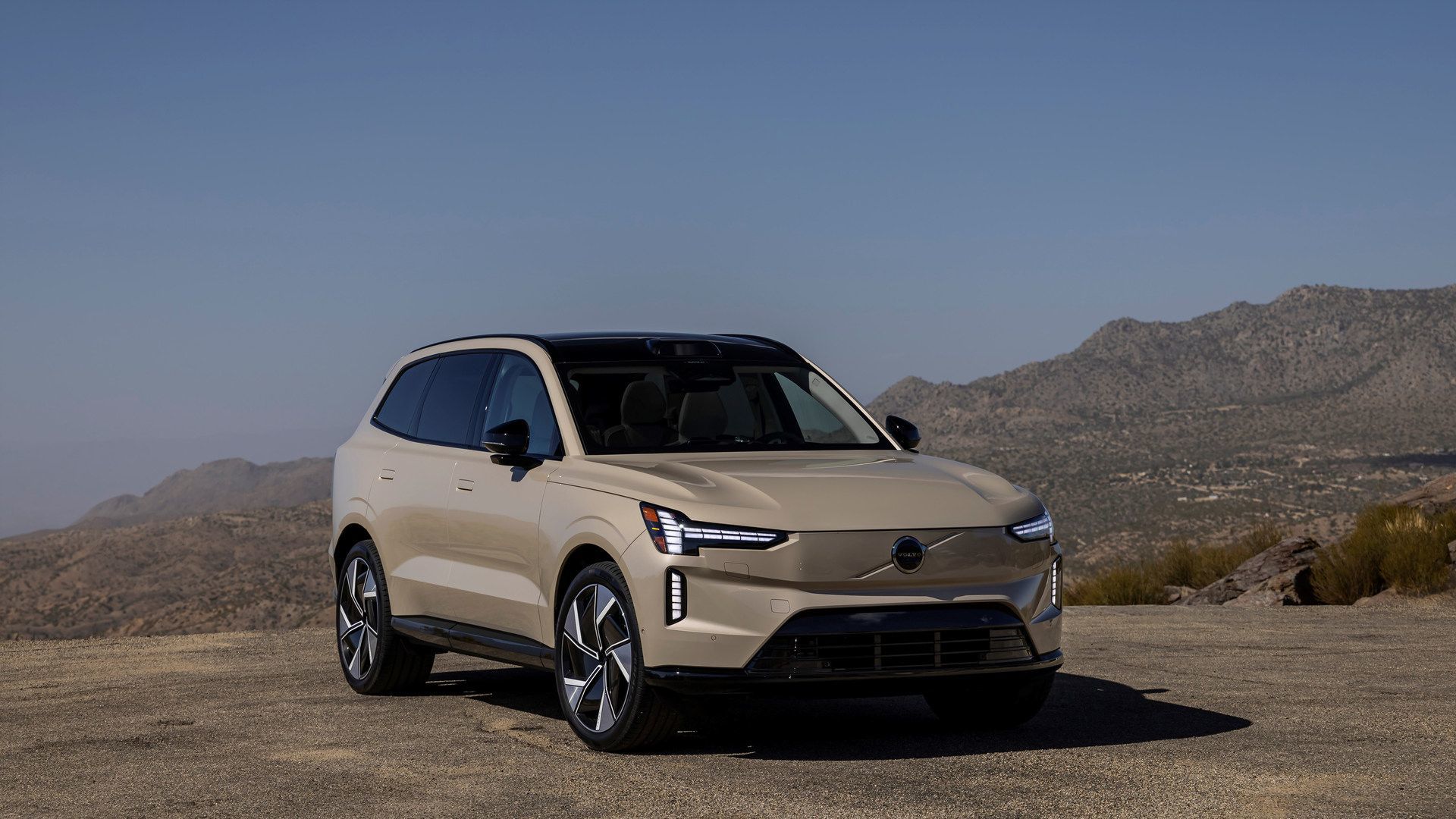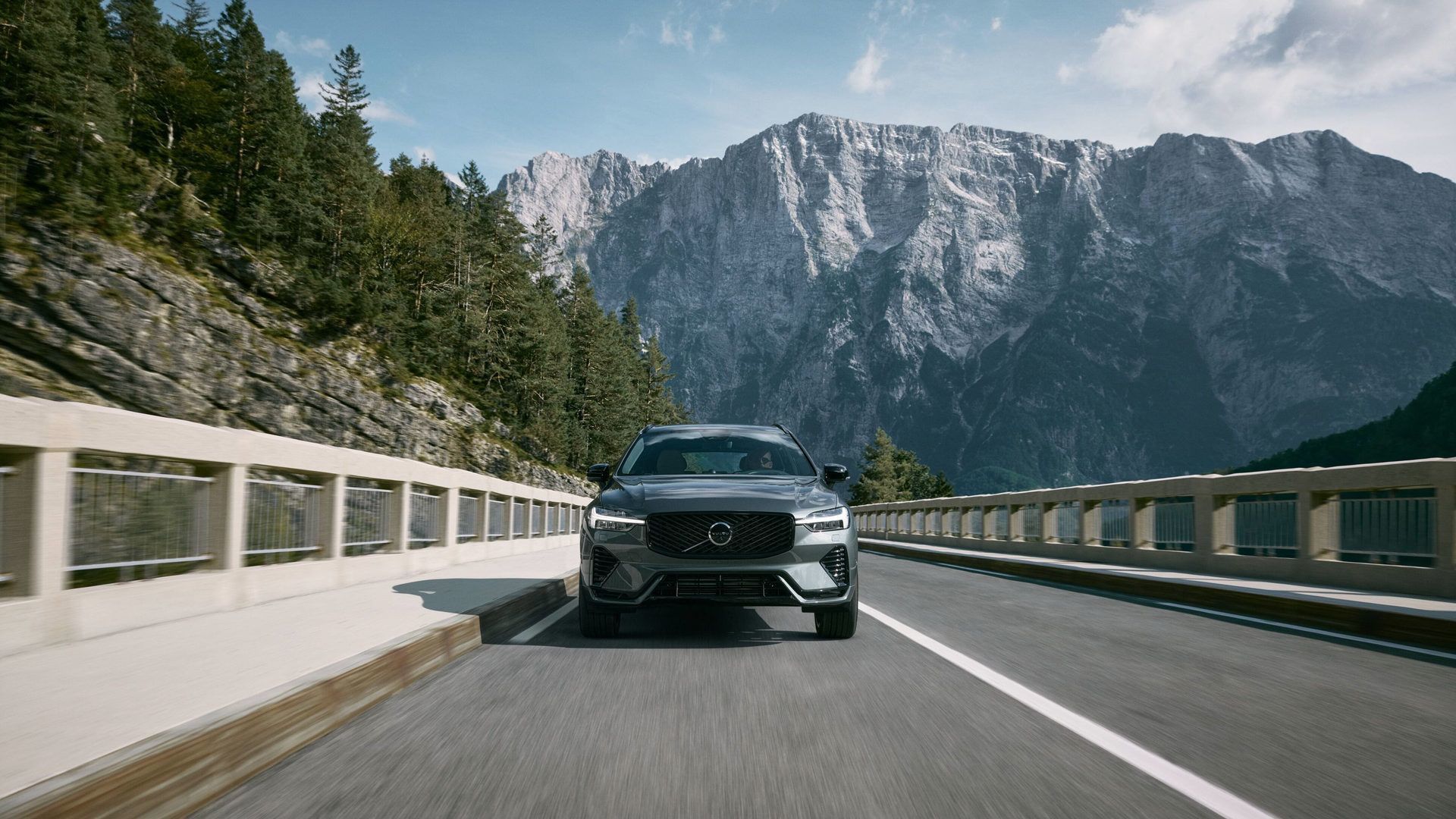
Photo for illustrative purposes only.
Find out moreVolvo Cars Mississauga
In the ever-evolving landscape of automotive engineering, Volvo has continually distinguished itself through a commitment to innovation and sustainability. As of 2024, Volvo vehicles stand out prominently among their competitors for their impressive strides in reducing fuel consumption. Here are several ways in which 2024 Volvo vehicles achieve this:
Efficient Mild Hybrid Powertrains
Volvo has invested heavily in developing highly efficient powertrains, including mild-hybrid versions of its gasoline engines, which are standard in all models. These powertrains are engineered to deliver robust performance while maximizing fuel efficiency thanks to a 48-volt battery and a small electric motor. In addition to providing a small but noticeable boost in torque, this system also makes it possible to improve the effectiveness of the stop/start system.
Impressive Plug-In Hybrid System
In addition to the standard mild-hybrid powertrains, Volvo also offers an advanced plug-in hybrid system in its 60 and 90 models. By combining a turbocharged and supercharged 2.0L engine with a powerful electric motor on the rear axle, this system generates 455 horsepower, more than any other Volvo production car ever, and an electric range of up to 64 kilometres in the S60 Recharge.
Regenerative Braking
Volvo's plug-in hybrid and electric vehicles feature regenerative braking systems that capture kinetic energy during deceleration and braking. This energy is then used to recharge the vehicle's battery, reducing the load on the combustion engine and improving overall efficiency. This also contributes to a longer service life for all brake parts since they are less solicited than in a traditional gasoline-powered car, helping to lower the vehicle’s carbon footprint even further.
Aerodynamic Design
Volvo prioritizes aerodynamic efficiency in the design of its vehicles. Streamlined body shapes, active grille shutters, and underbody panels help minimize drag, allowing Volvo cars to cut through the air with greater ease. Reduced aerodynamic resistance translates to lower fuel consumption, particularly at higher speeds. Despite this, Volvo designers are still able to achieve a distinctive and elegant appearance that is lacking in some competitor’s vehicles which focus solely on drag reduction.
Advanced Materials and Construction
Volvo employs lightweight materials such as aluminum and high-strength steel in the construction of its vehicles. By reducing overall weight, Volvo enhances fuel efficiency without compromising safety or structural integrity.
Intelligent Driving Assistance
Volvo's suite of intelligent driving assistance technologies, including adaptive cruise control and drive modes, allow for a smoother drive that reduces unnecessary braking and acceleration, making the car more efficient and more comfortable at the same time.
Continual Research and Development
Volvo remains at the forefront of research and development in automotive efficiency. The company continually explores new technologies and methodologies to further reduce fuel consumption and minimize environmental impact across its vehicle lineup. This is exemplified by the upcoming EX30 electric SUV, which will be the most eco-friendly Volvo model ever in terms of full-lifecycle emissions.
By incorporating these and other innovative strategies, Volvo has succeeded in producing vehicles that boast lower fuel consumption figures when compared to many of their competitors in the automotive market. This commitment not only benefits consumers through reduced operating costs but also contributes to a more sustainable future for transportation.

Photo for illustrative purposes only.
Find out more
What Mississauga Drivers Should Know Before Buying a Plug-In Hybrid
Plug-in hybrid vehicles occupy a unique space in today's automotive landscape. They provide electric driving for your daily commute while...
Read more
2025 Volvo EX90: Understanding Trim Levels and Features
Volvo's flagship electric SUV arrives with two distinct trim configurations. The 2025 EX90 Twin Motor Plus establishes the baseline equipment...
Read more
5 Safety Features That Make 2026 Volvo SUVs Stand Out in Ontario
Safety has been Volvo's calling card since the company invented the three-point seatbelt in 1959 and made the patent freely available to the entire...
Read more